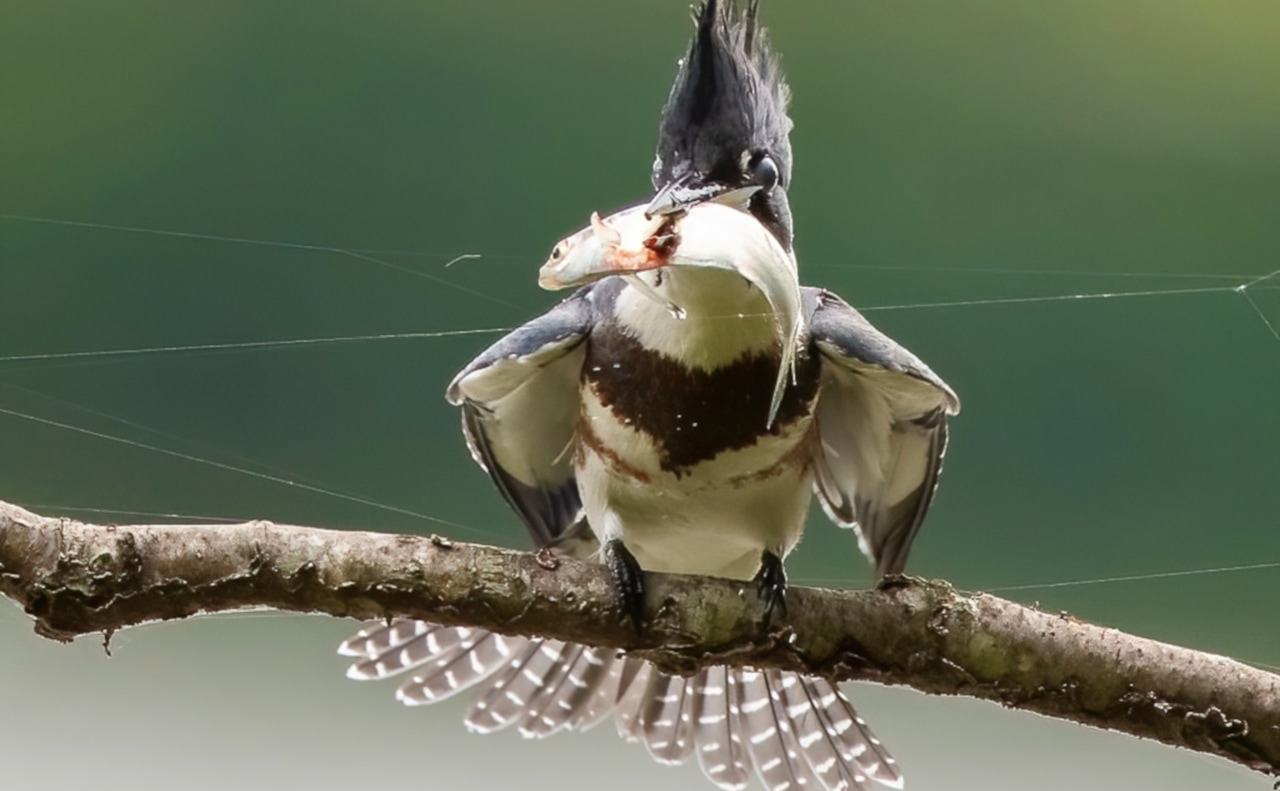Birds in the Pond
[[translate(episode,'title')]]
[[translate(episode,'audioCredit') || translate(episode,'credit')]][[translate(episode,'title')]]
[[translate(episode,'audioCredit') || translate(episode,'credit')]]Audio Transcript
You have arrived at an intersection. The pond is in front of you. To your right is a forest and behind you is a path that brings you to the Blue Loop Trail. Please be mindful of other pedestrians and bikers.
Birds in the Pond: Ponds attract many types of migratory and year-round birds. This pond supports waterfowl, which are birds that have webbed feet and waterproof feathers, such as ducks and geese. Migratory birds travel several hundred or thousands of miles to reach an ideal habitat for feeding, breeding, and raising their young. Birds migrate south in the fall to seek milder climates and food. In the winter months, you can find some migratory birds at the pond like the hooded merganser, common loon, and bufflehead. Year-round birds that visit the pond include great blue herons, belted kingfishers, and red-winged blackbirds.
The belted kingfisher is a stocky, large-headed bird with a shaggy tuft of feathers on its head, like a mohawk. Its bill is thick and dagger-like. This small bird is just over a foot long and has a wingspan of about two feet. Females are blue-gray with a chestnut breast band. Males are also blue-gray with a white collar and blue-gray breast band. Both sexes have blue-gray wings with black feather tips and white spots.
A hooded merganser is a duck that grows 19 inches long and has a wingspan just over two feet. It has a thin bill with a white, fan-shaped collapsible crest, which makes the head appear oversized. Males have black outlined white crests on their head. Females are gray and brown with cinnamon tones in their head crests.
If you would like, reach out and touch images of both male birds on the right half of the sign. The image of the belted kingfisher shows the bird perched on a branch with its feathers spread and a fish dangling from its beak. The image of the hooded merganser, on the bottom, pictures the duck swimming in a pond. Can you feel the hooded merganser's large white crest?
Take the path that is located straight ahead, 28 feet to your right. You will be moving toward the pond. Once you turn, walk 390 feet, stay left, and the sign will be on the grass, at the next intersection.
Belted kingfisher photo by Mark Gallerani
